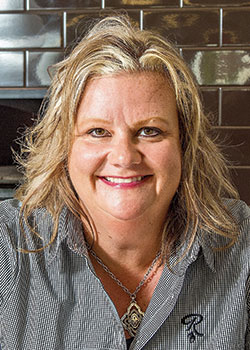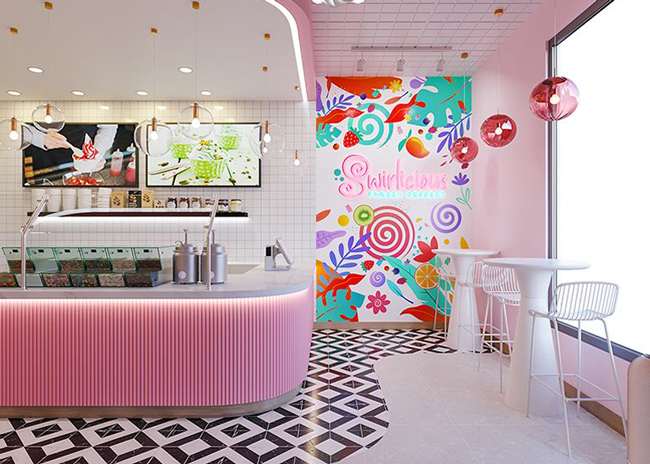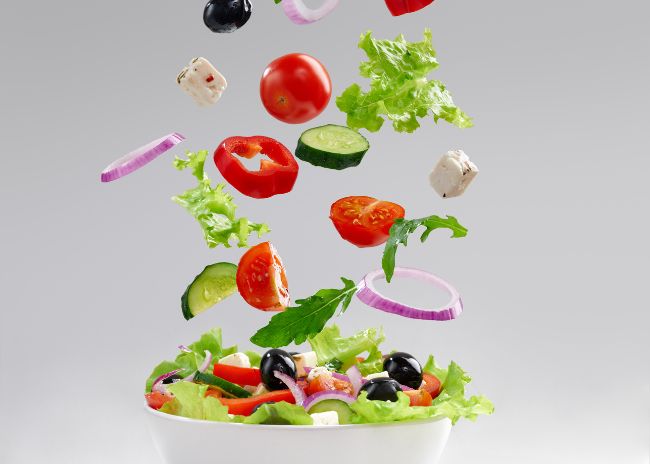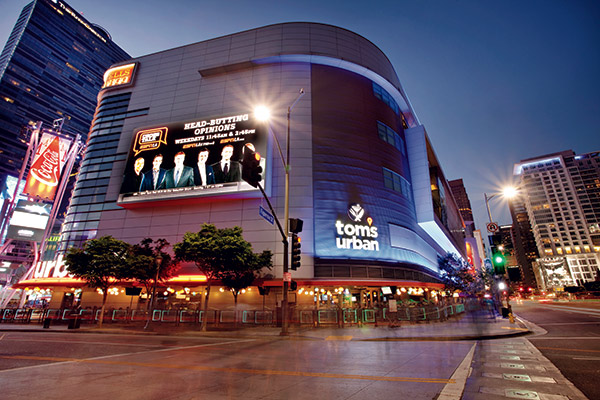 Kim Jensen-Pitts, Founder, KJP Marketing Services, Make Technology HospitableWhile new technologies promise to make restaurants more efficient, operators should focus on using them to improve the customer experience.
Kim Jensen-Pitts, Founder, KJP Marketing Services, Make Technology HospitableWhile new technologies promise to make restaurants more efficient, operators should focus on using them to improve the customer experience.
Technology almost always promises to make things faster, more efficient. That’s certainly how many restaurant operators view it, from digital menu boards to smartphone apps to tablet ordering and other advances that are now available to them.
That’s not a bad thing. But it shouldn’t be the main way restaurateurs look at technology-based solutions. Operators must remember that if they’re going to be successful in the hospitality industry, solutions must be hospitable.
That means that they shouldn’t use technology in a way that makes the guest experience feel automated or impersonal. Instead, restaurateurs should look at technology as a tool to enhance the guest experience. If done well, reduced expenses and increased sales will follow.
Feel Their Pain
First, operators should ask what the customers’ pain points are. Then, they can explore how technology can ease that pain.
Take restaurant wait times, for example. It’s not uncommon to encounter wait times of an hour or more on a busy night. Many operations address this problem with smartphone apps that let customers reserve a place on the waitlist before they arrive. That’s a good use of technology to improve the customer experience. But operators should consider taking it even further. For example, if guests are waiting for a table, why not let them order during their wait, then bring their food as soon as they sit down? Not only does this make for happier customers, it also reduces the workload on waitstaff and increases table turns. Take care of your customers first, and the money will follow.
Full-service restaurants in particular could see a reduced labor load and higher customer counts by rethinking how they ask customers to pay. We’re so used to the process that it’s easy to overlook how clunky it is: You flag down your waiter and ask for your check. The waiter leaves, returns with your check, then leaves again while you review your bill. The waiter comes back, retrieves your credit card, runs the card and then returns with the receipt for you to fill out and sign. Smooth, intuitive payment options on tablets or smartphones speed up the process, and the credit card never leaves the patron’s hand.
Some large casual-dining chains have rolled out tablets for each table, but it’s not clear when customers should flag down a waiter versus use the tablet or how to get a receipt. Some operations try to monetize tabletop tablets by charging a small fee to play a game. This can actually detract from the customer experience by making them feel nickel-and-dimed.
When I run into such a clunky system, I know what’s behind it: The new technology has been strapped onto the operation’s legacy POS system. Since they weren’t built to work together, the user experience isn’t integrated.
There’s no easy solution in this case. Fully integrating new technologies with existing POS systems takes time and money. Fortunately, the costs may decrease in the coming years. U.S.-based POS companies are developing systems that are designed to work with multiple plug-ins, such as apps and email marketing tools. Many POS developers from overseas now entering our market have fully open systems that can be integrated with third-party technologies. As more systems are built for customization, doing so should become less expensive.
Of course, when it comes to creating an integrated POS system — and really, an entire integrated technology experience — new operations actually have the benefit of a clean slate.
In such cases, adventurous, tech-savvy operators may want to rethink some of the basics of restaurant operations. At Rise Artisan Pizza + Salads, customers can either order at the POS counter or sit down and place their orders with one of the restaurant’s roving team members armed with iPads.
Another change: Instead of having a bar, the concept relies on a computerized beer and wine tap wall. To serve a drink, the same team members who take orders simply swipe a card, and the taps provide a perfect pour. In effect, technology has turned every employee outside of the kitchen into waiter, host and bartender. This serves customers better and also cuts down on labor costs. There’s no need for a dedicated bartender or host during slower dayparts.
This approach changes the design of the restaurant as well. With tableside, counter and app/online ordering available, the queue area can be smaller. And the tap wall offers the benefits of a bar without the dedicated space for one.
Of course, just because all of this is possible doesn’t mean it’s right for every restaurant. While floating team members and no bar work for a fast-casual operation, they don’t make sense for a fine-dining operation.
Understand the brand’s architecture and codify it. That way, opportunities and solutions can be easily judged to determine if they are appropriate solutions for the brand. While this technique is usually applied to things like new menu items or decor, it is an equally valid way to evaluate technologies.
Rethinking Apps
Of course, technology doesn’t just provide ways to change how business is done inside restaurants. Operations should also view it as a way to bring people in the door.
Many restaurant chains, in fact, already do this with their smartphone apps, typically through reward programs. Many app-based reward programs are more complicated than they need to be, with multiple tiers for guests and rewards based on everything from number of visits to money spent to types of menu items ordered. Don’t make people work to understand your program. As always, simpler is better.
However, operators should get more creative with the rewards they offer. While most programs offer a discount, consider offering perks. One restaurant I frequent, a Mexican chain, gives me free queso as a VIP guest. It’s not a high-cost item for the operator, and it makes guests feel special every time they walk in. There are no points for guests to keep track of, no levels — just free queso because they’re a VIP. Other great options include letting guests skip the line or going to the top of the waitlist.
Keep clear goals in mind, and review data to ensure your efforts are paying off. I once worked for a $2 billion restaurant company that spent $8 million on a loyalty program. After a year of running the program and analyzing the data, they discovered they were not driving incremental sales. Having technology for technology’s sake doesn’t make good business sense.
Customers judge restaurants by what they always have: the food, the service and the overall experience. Operators should view technology as a tool to make the customer experience better than ever.



